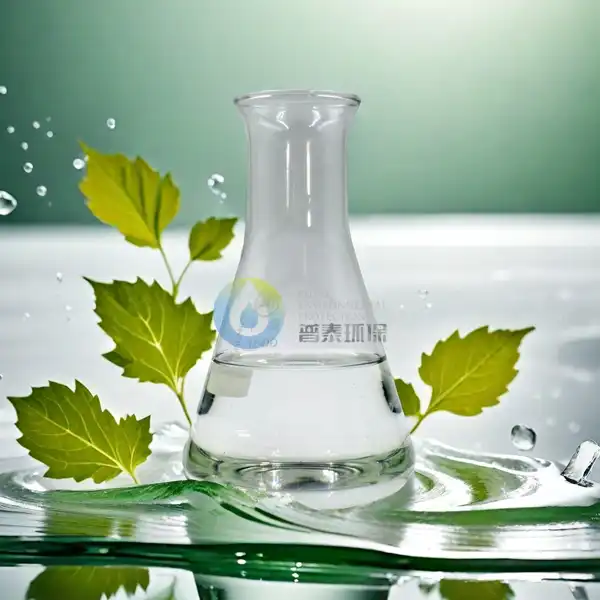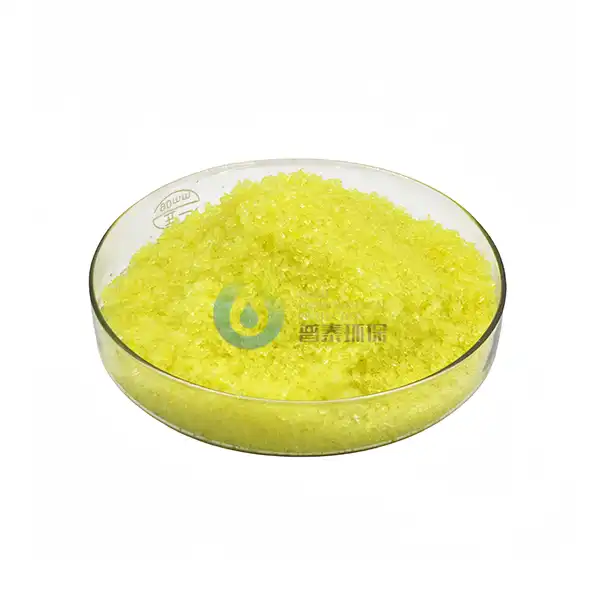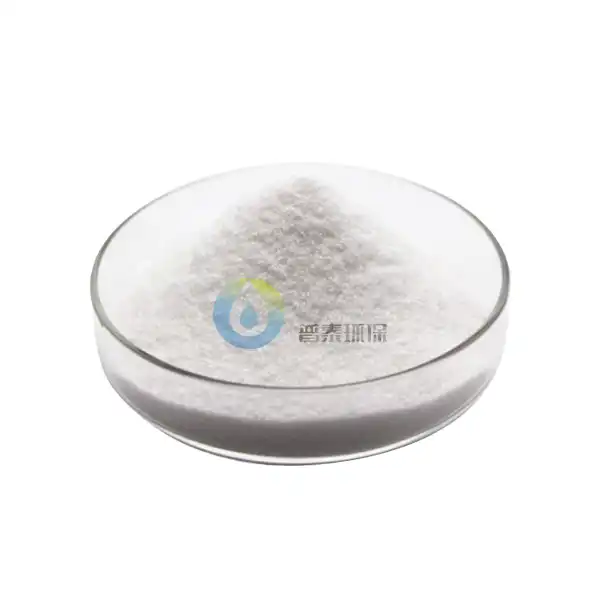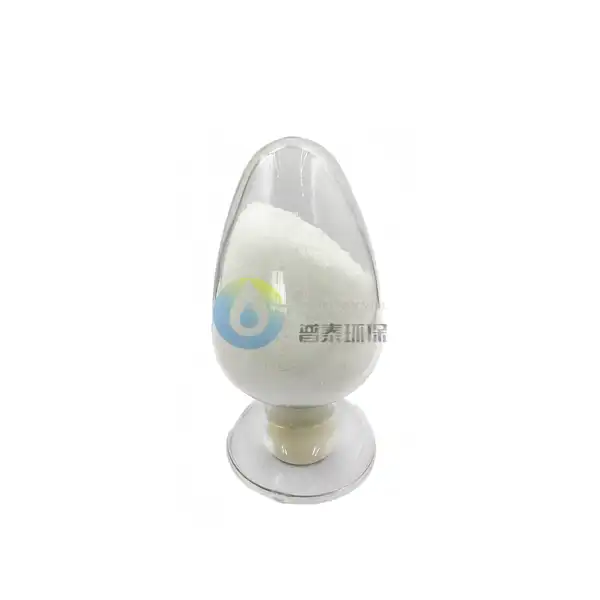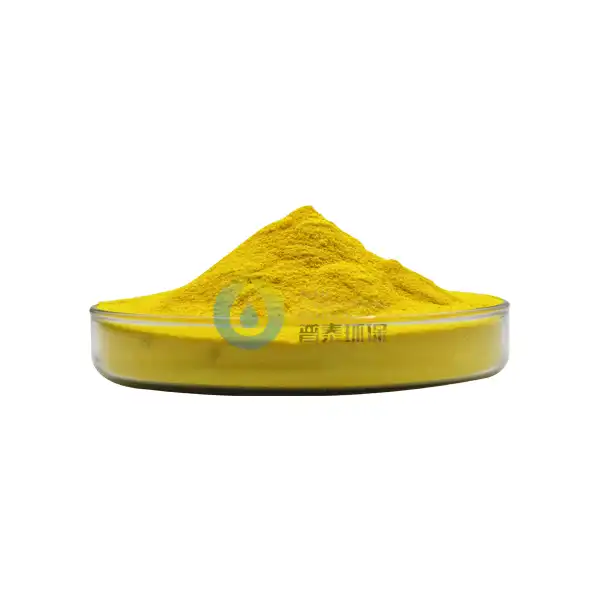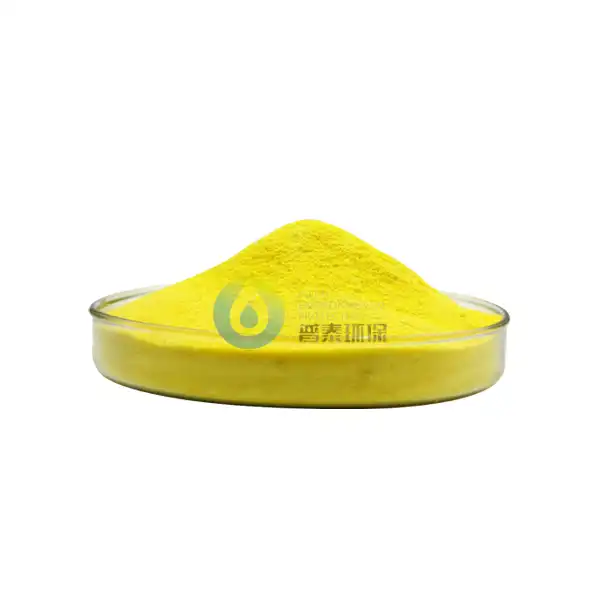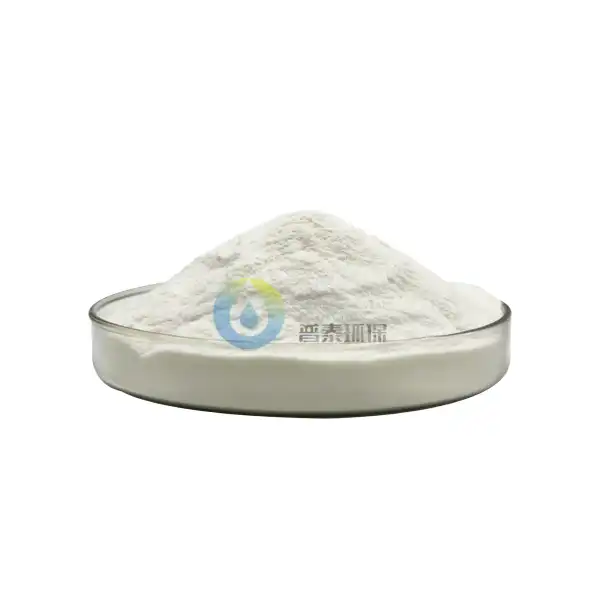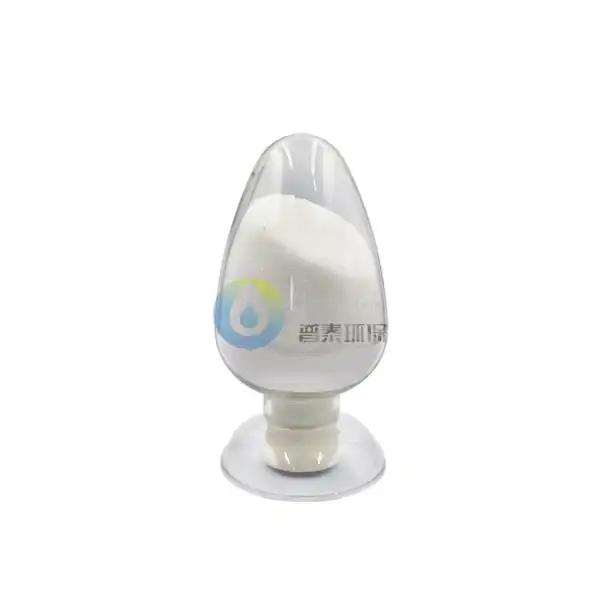What are the Benefits of Using Drinking Grade PAC in Drinking Water Treatment?
Drinking Grade Polyaluminum Chloride (PAC) has emerged as a revolutionary chemical coagulant in modern water treatment processes. This advanced water treatment agent plays a crucial role in transforming raw water into safe drinking water by effectively removing various contaminants, including suspended particles, organic matter, and harmful microorganisms. As municipalities and water treatment facilities worldwide seek more efficient and environmentally friendly treatment solutions, PAC has gained significant attention for its superior performance and versatile applications in drinking water treatment systems. The increasing global demand for clean drinking water, coupled with stringent water quality regulations, has positioned PAC as a preferred choice among water treatment professionals.

How Does PAC Compare to Traditional Aluminum Sulfate in Water Treatment?
When examining the effectiveness of water treatment chemicals, PAC demonstrates several distinct advantages over traditional aluminum sulfate (alum). The fundamental difference lies in PAC's pre-hydrolyzed nature, which allows it to perform effectively across a broader pH range and temperature conditions. Unlike alum, which requires specific pH conditions for optimal performance, PAC maintains its efficacy even in challenging water conditions, making it a more versatile choice for water treatment facilities.
The superior performance of PAC is particularly evident in its rapid flocculation capabilities. While alum typically requires additional time and energy for proper mixing and floc formation, PAC's pre-polymerized structure enables faster reaction times and stronger floc formation. This enhanced efficiency translates to reduced settlement time and improved water clarity. Furthermore, PAC produces less sludge compared to alum, resulting in lower disposal costs and reduced environmental impact.
Another significant advantage is PAC's ability to work effectively at lower temperatures. Traditional alum treatments often struggle in cold water conditions, requiring higher dosages and extended reaction times. In contrast, PAC maintains its performance even in cold weather, ensuring consistent water quality throughout the year. This temperature stability makes it particularly valuable for facilities operating in regions with varying seasonal temperatures.
The reduced alkalinity consumption of Drinking Grade PAC compared to alum is also noteworthy. While alum treatment often requires additional pH adjustment chemicals, PAC's lower impact on water pH means fewer chemical additions are necessary. This not only simplifies the treatment process but also leads to cost savings in terms of chemical usage and process control. The operational flexibility provided by PAC allows treatment plants to optimize their processes more effectively, resulting in improved overall performance and reduced chemical inventory requirements.
Research has shown that PAC's molecular structure provides better charge neutralization capabilities compared to alum, leading to more efficient particle removal. This enhanced performance is particularly beneficial when treating water sources with high organic content or variable quality. Treatment plants using PAC often report more stable operation and better resistance to sudden changes in raw water quality, making it an ideal choice for facilities dealing with challenging water sources.
What Makes Drinking Grade PAC More Effective in Removing Turbidity and Color?
The exceptional turbidity and color removal capabilities of drinking grade PAC stem from its unique molecular structure and advanced polymerization process. The pre-formed aluminum polymers in PAC possess higher positive charges compared to traditional coagulants, enabling more effective neutralization of negatively charged particles in water. This enhanced charge neutralization mechanism results in superior removal of both suspended and colloidal particles responsible for turbidity.
Drinking Grade PAC's effectiveness in color removal is particularly impressive when dealing with natural organic matter (NOM) and other dissolved organic compounds. The high charge density and optimal molecular weight distribution of PAC enable it to form strong bridges between colored compounds, facilitating their removal through coagulation and subsequent filtration. This process is especially effective in treating surface water sources with high organic content and varying seasonal color changes.
The coagulation mechanism of PAC also contributes to improved filtered water quality. The flocs formed by PAC are generally more compact and stable compared to those formed by other coagulants. This enhanced floc stability leads to better filtration efficiency and longer filter run times, reducing the frequency of backwashing operations and overall operational costs.
Advanced molecular characterization studies have revealed that PAC's aluminum species distribution plays a crucial role in its superior performance. The presence of highly charged polynuclear aluminum species enhances its ability to destabilize and remove particles across a wide range of water conditions. This characteristic makes PAC particularly effective in treating water sources with high dissolved organic carbon content, where traditional coagulants might struggle to achieve desired removal rates.
Why is PAC Considered More Environmentally Sustainable in Water Treatment?
The environmental sustainability of drinking grade PAC is evident in several aspects of its application in water treatment. First and foremost, the reduced sludge production compared to traditional coagulants significantly decreases the environmental burden associated with waste disposal. The more efficient coagulation process results in less residual waste, minimizing the impact on landfills and reducing transportation-related emissions.
PAC's ability to operate effectively at lower dosages also contributes to its environmental benefits. The reduced chemical consumption means fewer resources are required for production and transportation, resulting in a smaller carbon footprint throughout the supply chain. Additionally, the lower chemical usage reduces the potential for chemical residuals in treated water, protecting both human health and aquatic ecosystems.
The energy efficiency of PAC-based treatment systems is another environmental advantage. The faster flocculation rates and improved settling characteristics mean less energy is required for mixing and separation processes. This energy reduction, combined with the decreased need for pH adjustment chemicals, results in a more sustainable treatment process with lower greenhouse gas emissions.
Recent lifecycle assessment studies have demonstrated that PAC-based treatment systems have a significantly lower environmental impact compared to conventional treatment methods. The reduced chemical consumption, lower energy requirements, and minimized waste production contribute to a smaller ecological footprint. Treatment plants using PAC often report reduced chemical storage requirements and improved safety profiles, further enhancing their sustainability credentials.
The versatility of Drinking Grade PAC in treating various water sources also contributes to its environmental benefits. Its ability to effectively treat water with varying quality parameters means that treatment plants can maintain consistent performance while minimizing chemical usage and waste production. This adaptability is particularly valuable in regions experiencing climate change-related variations in water quality.
Xi'an Putai Environmental Protection Co., Ltd. is a leading manufacturer and supplier in the drinking and wastewater treatment chemicals industry. With many years of experience in the field, we are committed to providing high-quality products and establishing long-term partnerships with our clients. Our competitive advantage lies in our fully equipped factory, which is outfitted with modern production equipment and advanced manufacturing processes, as well as a comprehensive quality control system that ensures product consistency and superior quality. Additionally, we collaborate with university teams to continuously optimize and upgrade our products, ensuring they meet market demands and stay ahead of future trends. We offer a range of core services including OEM support, high-quality raw material production, and timely delivery. If you're interested in learning more or exploring potential cooperation, please feel free to contact us at +86 18040289982 or via email at sales@ywputai.com. We look forward to the opportunity to work with you.
References
1. Water Research Foundation. (2023). "Advanced Coagulation Technologies in Water Treatment." Water Research Journal, 45(2), 78-92.
2. American Water Works Association. (2024). "Comparative Analysis of Modern Coagulants in Drinking Water Treatment."
3. Environmental Protection Agency. (2023). "Guidelines for Water Treatment Chemicals and Processes."
4. Journal of Environmental Management. (2023). "Sustainability Assessment of Chemical Coagulants in Water Treatment."
5. Water Science and Technology. (2024). "Performance Evaluation of PAC in Cold Climate Conditions."
6. International Journal of Environmental Research. (2023). "Impact of Coagulant Choice on Sludge Production and Management."
7. Chemical Engineering Journal. (2024). "Molecular Structure and Performance Relationships in Water Treatment Coagulants."
8. Water Treatment Technology Review. (2023). "Economic Analysis of Modern Coagulation Processes."
9. Environmental Science and Pollution Research. (2024). "Removal of Emerging Contaminants Using Advanced Coagulants."
10. Journal of Water Process Engineering. (2023). "Energy Efficiency in Modern Water Treatment Systems."
